Tag: thromboembolism

Venous Thromboembolism Prophylaxis in Critically Ill Adults
Among critically ill adults, compared to control, low molecular weight heparin (LMWH) reduces incidence of deep venous thrombosis (DVT) while UFH and mechanical compressive devices may reduce risk of DVT. LMWH is probably... read more

Is Daily Enoxaparin Dosing As Good As Twice Daily?
Venous thromboembolism (VTE) remains a big problem for trauma professionals and the patients they take care of. Every trauma center has some sort of VTE prophylaxis protocol for stratifying risk, prescribing mechanical... read more
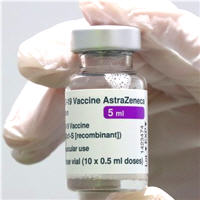
Vaccine-Induced Prothrombotic Immune Thrombocytopenia After AstraZeneca COVID-19 Vaccination
The United Kingdom, European Union, and Scandinavian countries have reported that the AstraZeneca COVID-19 vaccine appears to be associated with rare cases of serious blood clots, including blood clots in the brain. These... read more
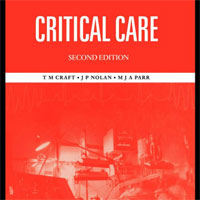
Key Topics in Critical Care
High quality critical care medicine is a crucial component of advanced health care. Completely revised and updated, Key Topics in Critical Care, Second Edition provides a broad knowledge base in the major areas of critical... read more

RAPID UPDATE: Clinical Guide for the Management of Critical Care for Adults with COVID-19
This RAPID UPDATE to the FICM/ICS "Clinical guide for the management of critical care for adults with COVID-19 during the Coronavirus pandemic" highlights five clinically urgent issues for practising clinicians caring for... read more

Management of Post-acute COVID-19 in Primary Care
Post-acute COVID-19 ("long covid") seems to be a multisystem disease, sometimes occurring after a relatively mild acute illness. Clinical management requires a whole-patient perspective. This article, intended for... read more

Post-Hospital VTE in Patients with COVID-19
The authors concluded that the rate of post-hospital venous thromboembolism (VTE) among patients with COVID-19 is low and that routine post-hospital prophylaxis is not necessary. Of the 1,877 hospital admissions with COVID-19... read more

Pulmonary Embolism in COVID-19 Patients in France
Pulmonary embolism (PE) in the context of coronavirus disease 2019 (COVID-19) appears to be driven largely by inflammation and coagulopathy rather than by traditional risk factors for thromboembolism. Study results suggest... read more

Prophylaxis and Treatment of Venous Thromboembolic Disease in COVID-19
Patients with COVID-19 appear to be at elevated risk for thrombotic complications, including venous thromboembolism (VTE).1 In addition to traditional risk factors for VTE, indirect effects of the severity of illness as well... read more
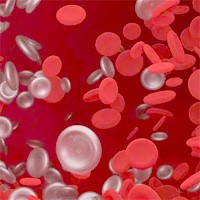
New NICE Guidelines on VTE Management
In the midst of everything that is going on with COVID-19 it is easy to see how important non coronavirus stuff can get overlooked. But we still need to keep our eyes open. After a 3 year process involving many meetings,... read more

Renal Function-Adjusted D-Dimer Levels in Critically Ill Patients With Suspected Thromboembolism
D-Dimer cutoff levels adjusted for renal dysfunction appear feasible and safe assessing thromboembolic disease in critically ill patients. Furthermore, adjusted D-dimer cutoff levels seem reliable in patients with acute kidney... read more
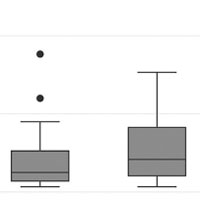
Epidemiology of Clinically Relevant Bleeding in Critically Ill Adolescents
Clinically Relevant Bleeding (CRB) is common in critically ill adolescents who are at high risk of venous thromboembolism (VTE). Admission after trauma or surgery can be used to stratify the risk of CRB in this population.... read more
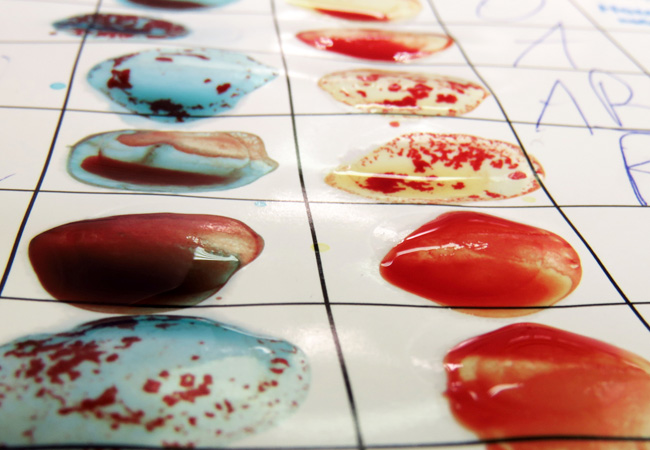
Blood Grouping Identifies Patients at Risk for Developing Venous Thromboembolism
Based on study of more than 28,000 TJA patients, presurgical ABO blood group testing looks like an inexpensive way to identify patents at increased risk for symptomatic postoperative VTE. Prophylaxis regimens can dramatically... read more

Parenteral Anticoagulation Not Associated with Reduced Risk of Ischemic Stroke Among Patients with Atrial Fibrillation During Sepsis
Among patients with Atrial Fibrillation (AF) during sepsis, parenteral anticoagulation was not associated with reduced risk of ischemic stroke and was associated with higher bleeding rates. Of 113,511 patients hospitalized... read more




